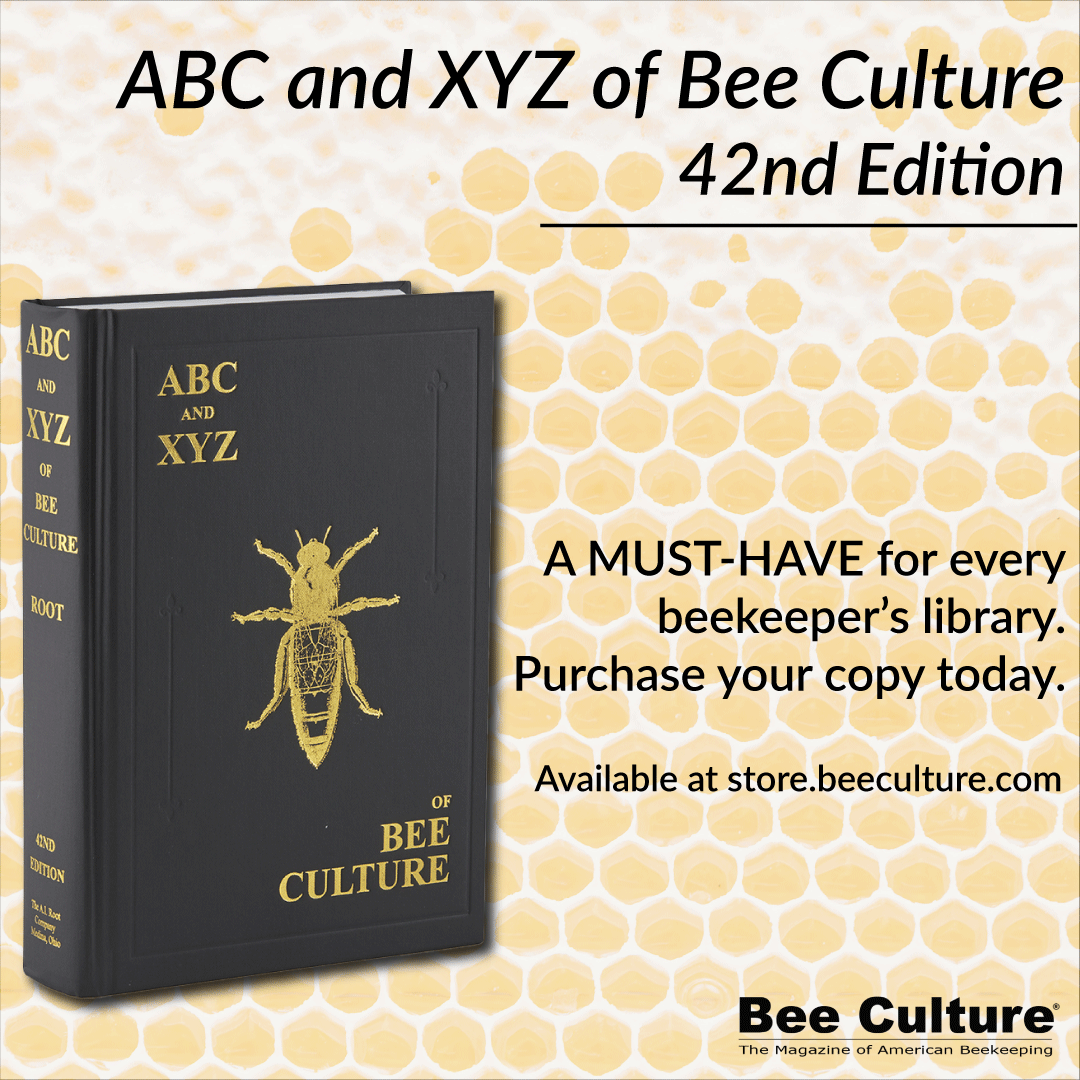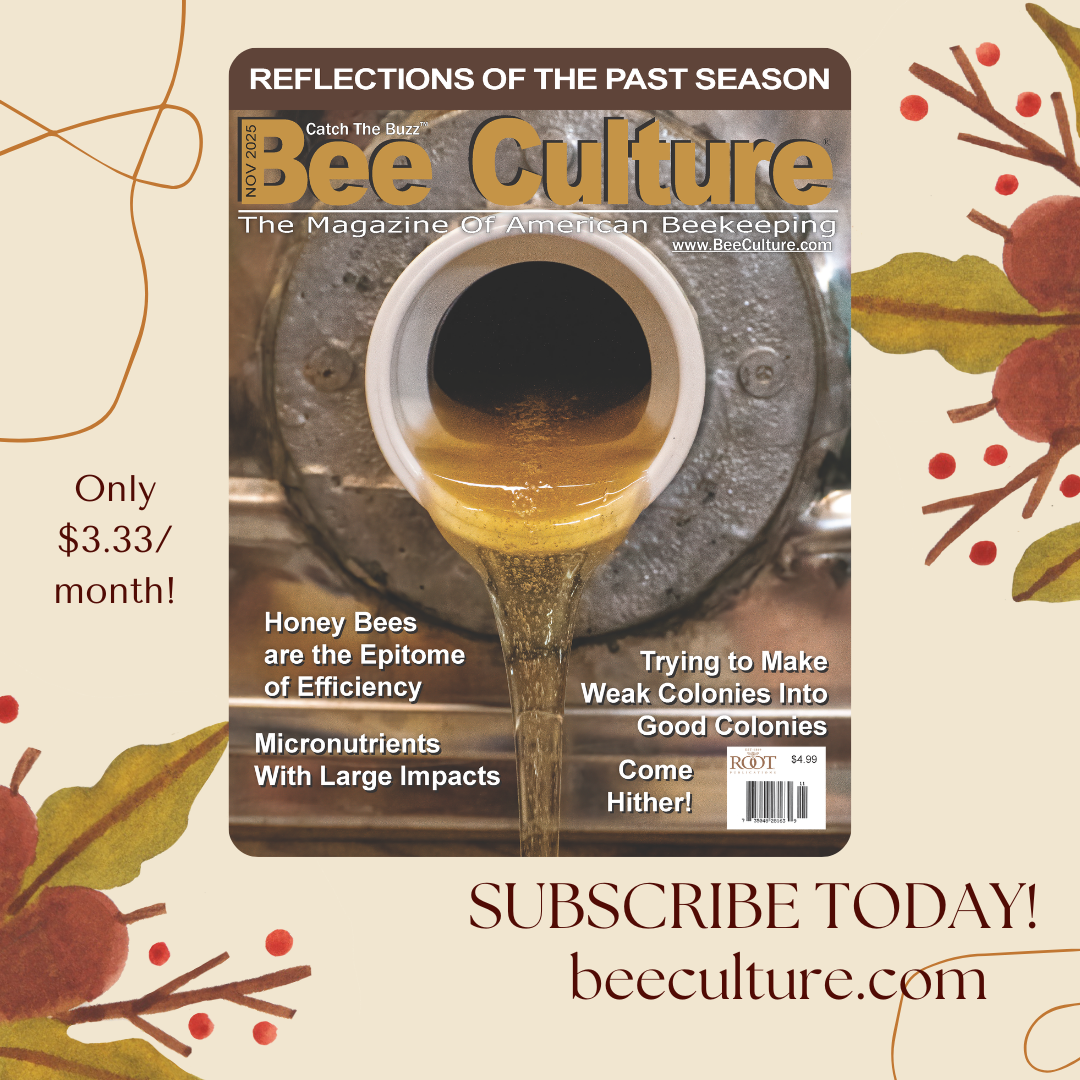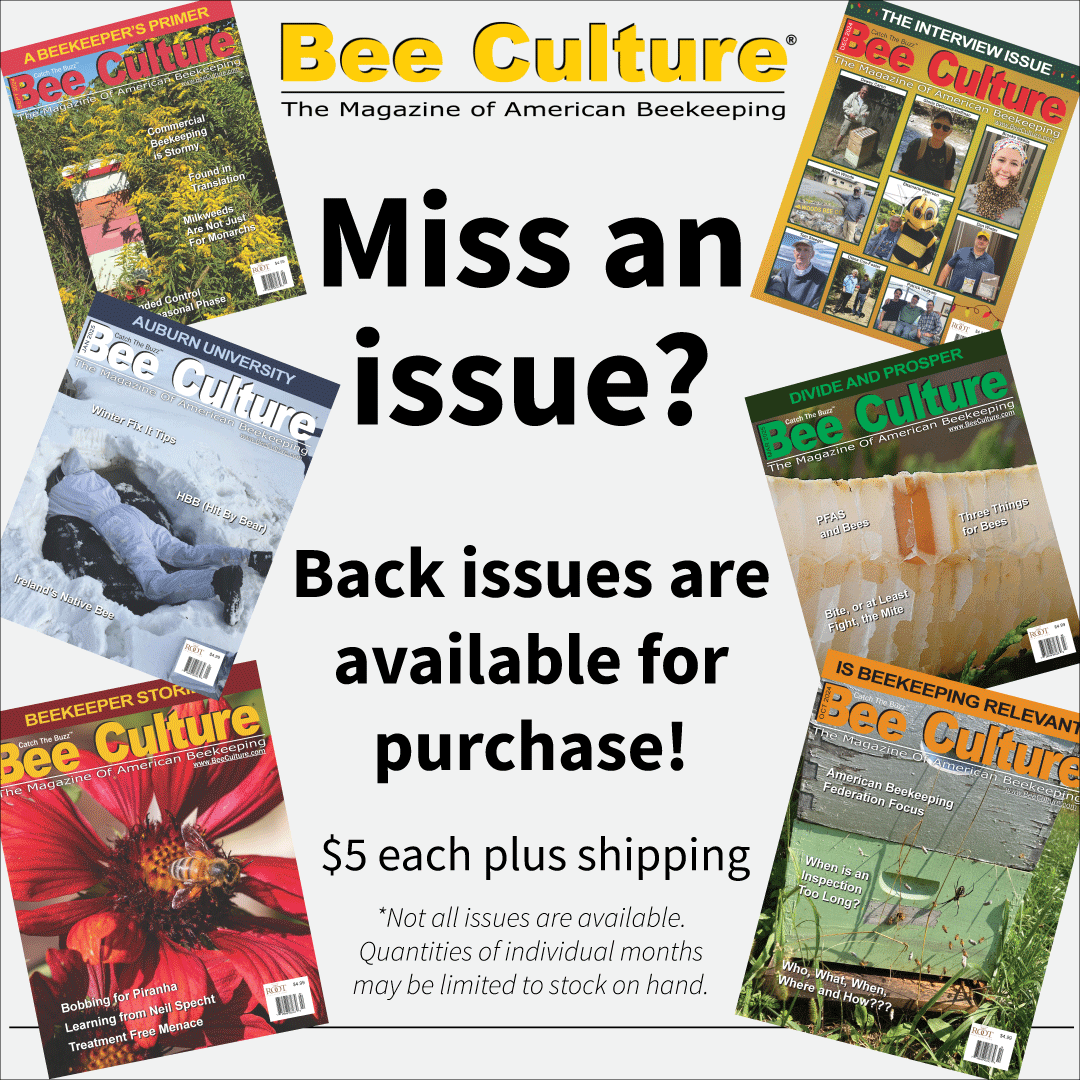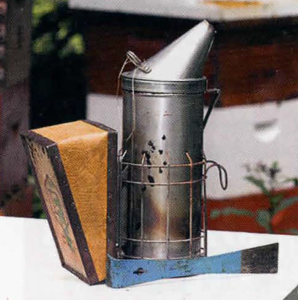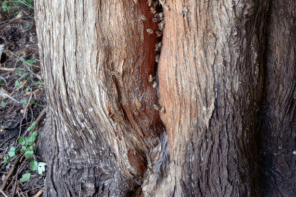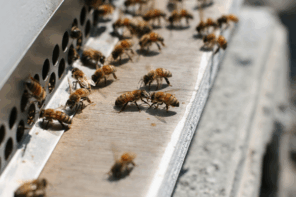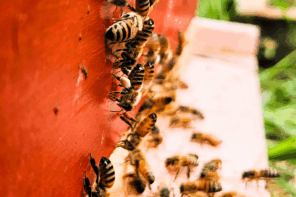By: James Tew
It’s really not that complicated
Actually a beehive is a simple contraption
A beehive is not very complicated. Handy craftsmen frequently build their own in their home shop. Essentially, the common hive requires an outer cover – or simply a roof. Directly beneath that rooftop is an inner cover that is primarily used to prevent bees from soundly gluing the roof to the top edges of the hive box immediately beneath it. An inner cover is not absolutely necessary, but it is a very useful piece of equipment. Beneath the inner cover is an assemblage of supers and hive bodies that is determined by the annual season. Some beekeepers use a queen excluding device to restrict the queen to the brood chamber(s). During the Spring season, something like two supers and two hive bodies would be common in a typical hive. Beneath all the various boxes that are being used, a bottom board provides the landing platform for bees and gives a bottom for the hive. Generally a hive stand supports the entire beehive infrastructure. (Hive Diagram from Skinner, Parkman, Studer, and Williams. 20041)
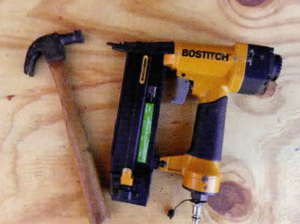
A small hammer or a brad nailer can be used to assemble frames, but a heavier hammer will be necessary to assemble the heavier hive parts.
At the outset
Since much of the hive equipment is made of wood, many beginning beekeepers already have some of the equipment they will need. Common woodworking tools, such as hammers, a chisel or two, a couple of pairs of pliers to remove bent nails, and a pipe clamp or two are examples of common small shop tools that will be useful when assembling hive components. You will absolutely want a bottle of common exterior glue for various joints in hive equipment and frame parts.
Nearly any place can be a hive assembly location. Most beekeepers work in the garage or some similar room, but use what you have. You will not need a fully equipped wood shop, but if you have a pneumatic brad nailer and a small compressor; these are two tools that are really helpful, but not absolutely required.
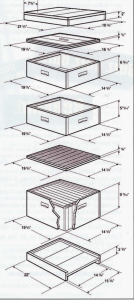
This expanded hive view shows hive components that are used in the typical beehive. If building hive equipment
at home, it is important that standard measurements be used. (Click to enlarge photo)
Two types of joints used in hive equipment
Though some home-built boxes are constructed with simple butt joints, box joints and dado joints are the two most common hive joints used in traditional wooded hive equipment. Commercially or in the home shop, dado joints are easier to construct than box joints, but they are a bit trickier to assemble.
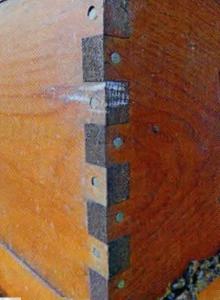
Either of these joints are acceptable, each having both advantages and shortages. Butt joints are shown in the hive schematic on the left. These joints are not the strongest, but are the easiest for the home craftsman to cut in the home shop.
This is the time to use the pipe clamps referred to above. They are useful when pulling the unassembled parts together and temporarily holding these pieces until gluing and nailing can be completed.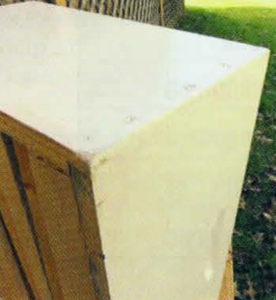
Hive roofs
The outermost cover of the hive can be metal clad wood, or made completely of plastic. Commercial beekeepers routinely use a simple flat board cover. Hobby beekeepers commonly use the telescoping metal covered hive top. Though not a common occurrence, hive tops will occasionally blow off in high winds. Beekeepers occasionally put a weight on the hive top to guard against this rare event.
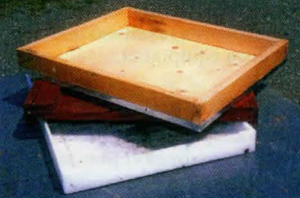
Wooden hive tops with metal covers are commonly used by hobby beekeepers. To delay rotting caused by rain and moisture, a wooden rimmed hive cover should be painted occasionally. A flat board cover is a simpler and cheaper top, but nonetheless functional. Plastic covers are essentially maintenance free, but will sometimes warp or bow. Over time, plastic and expanded polystyrene tops will begin to degrade. Ironically, painting plastic equipment will help forestall weather induced degradation.
Inner covers and queen excluders – Important, but secondary hive equipment
Some specialized foragers in the colony collect natural rosin to make a bee product (propolis) from trees and occasionally shrubs. Using this basic glue, bees will soundly glue the hive components together. Without an inner cover, bees would rigidly glue the top to the top box. Banging on the beehive to get it loosened really irritates the bees.
The queen excluder has the same edge dimensions as an inner cover, but has a completely different use. The metal grid is specifically sized to allow worker bees to pass through, but will restrict the queen from squeezing through the grid. In this manner, the queen is confined to a specific area of the hive and will mix brood with honey destined to be removed by the beekeeper.
The inner cover fits flush with the hive edges. Yes, the bees will glue it, too, but the beekeeper can get the sharp end of a hive tool in the crack between the inner cover and the top edge of the hive box and pop it loose. Guard bees are not as testy as they would be if the outermost top had to be bumped to remove it. Keeping the bees calm is always a good thing.
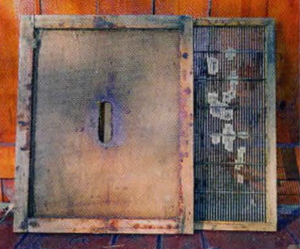 The queen excluder is a surprisingly controversial piece of equipment. Many beekeepers feel that the grid restricts nectar-laden bees from getting through the grid. Yet other beekeepers would not have their hives without one. Using this device or not will be your call.
The queen excluder is a surprisingly controversial piece of equipment. Many beekeepers feel that the grid restricts nectar-laden bees from getting through the grid. Yet other beekeepers would not have their hives without one. Using this device or not will be your call.
The bottom board – the hive’s foundation
When all is said and done, the bottom board is just mostly a large board. For many years, it was simply a solid board with a rim on three sides, but now many beekeepers use screened bottom boards. Screened boards offer a bit of Varroa mite control, an aggressive parasitic mite that does great harm to honey bees. The screened opening lets mites that happen to fall from the bees drop to the ground below.
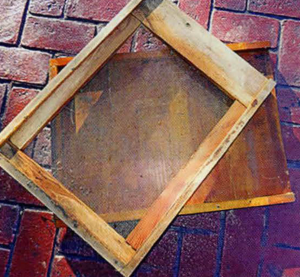
As is so often the case with beekeeping equipment, either style of bottom board works very well. During the winter season, a metal sheet can be inserted to close off the screened opening. The solid bottom board underneath the screened board is more rigid and heavier. This style is used by many beekeepers and exclusively by commercial keepers.
The biggest parts of the beehive – brood boxes and supers
The dimensions and shape of all bee boxes are the same (19 ¾” long x 16 ¼ wide) – except for the depth of some of the boxes. The deepest hive body is about 9 ½” deep and is commonly used as a brood box for developing bees. Supers are boxes that are used primarily to store honey and can have several depths. Supers that are 6 5/8″ deep are common size honey storage boxes.
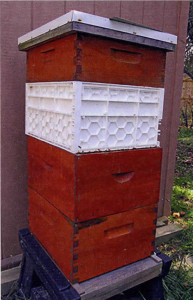
This hive has a 6 5/8″ super on top, a white plastic hive body is second, a dado joint hive body third and a standard box joint hive body on bottom. All of the equipment is from different manufactures, but is all pretty much interchangeable.
Indeed, there are some variables
Yes, there are some hive equipment variables to be addressed at the outset. The novice beekeeper may very well feel a bit of confusion. This feeling will quickly pass as the procedure becomes comfortable and predictable. Hive equipment required for each beehive setup requirements vary based on annual seasonal nectar flows.
Other than bees, what is actually in the hive?
Not much. Each hive box has ten frames of combs and is generically referred to as ten-frame equipment. There is a second version of hive equipment that is eagerly supported by many beekeepers that uses eight frames and is therefore slightly narrower. Each frame has a wax-coated foundation insert that is embossed with the impression of honey bee cells. These inserts encourage the bees to build straight wax combs rather than the naturally wavy combs bees would build on their own.
The simplistic marvel of the beehive is that it incorporates “bee space.” On the tops of the frames, on the ends, on the frame bottom, between the inner cover or between the queen excluders – everywhere in the hive the bee space of 1/4 – 3/8″ is maintained to separate component parts. If not, and the space is wider or narrower, bees will jam everything with bee glue (propolis) or wax. Bee space between the frames and the other hive components is critical to the functionality of todays’ hive equipment.
| Equipment | # Needed 1st Year | Required/Optional |
| Outer Cover (Roof) | 1 | Required |
| Inner Cover | 1 | Generally Required |
| Super | 1 or 2 | Generally Required |
| Queen Excluder | 1 | Optional |
| Brood Deeps | 2 | Generally Required |
| Bottom Board | 1 | Required |
| Hive Stand | 1 | Strongly Recommended |
Each bee box will require appropriate numbers of frames with foundation inserts. For example, the boxes listed above would require 20 deep frames and 10 frames for the honey storage box (called a super). Obviously, 8-frame equipment would require fewer frames.
What Else?
Used beekeeping equipment
The new beekeeper may come across beekeeping equipment at auctions or from others who have used equipment to sell. There are so many variables on this subject that an entire section could be written. In summary – be careful. If you have a trusted beekeeper friend, ask for advice (But then he may want to buy it, too.). Be suspicious of old wax combs. They may harbor disease. Having written this, it is not uncommon for beekeepers to get good deals on used stuff. Again – be careful.
Top bar hives
Top bar hives (TBH), of several styles, are popular with some beekeepers. It would not be surprising for the beginning beekeeper to be exposed to these equipment options early in their formative years. While these hive designs are enjoyable and biologically entertaining, unless the new beekeeper has a TBH mentor, the new beekeeper would be better served starting with traditional equipment. More help and far more information is available to the novice if standard equipment is used.
To keep bees, the new beekeeper will require bees; hive equipment and protective clothing and some management equipment. As is the case with various styles of hive equipment, there are now many models and designs of protective clothing.
Ranging from least to most: (1) a simple veil for face protection, (2) a half suit with attached veil, and (3) a full-length suit with attached veil. Since beginning beekeepers are concerned about the occasional sting and are unsure about this new venture, purchasing a full-length suit is not uncommon. When wearing a full suit with bee gloves and elastic closures at the wrists and ankles, there is little chance that a testy bee could ever find a weak spot to attack. The problem with such an outfit is that wearing the full garb is hot and clumsy. But it is absolutely okay at the start of beekeeping. As beekeeper confidence grows, increasingly lighter protective gear will be worn. But the novice should know, that all experienced beekeepers have a full protective suit somewhere for those special occasions with the bees will be exceptionally defensive. Moving bee colonies at night would be a good time to have on a full suit.
The cardinal rule with protective gear is to always feel safe. If you don’t you won’t work your bees, and you won’t become a beekeeper. Dress for the bees – do you always feel secure and safe?
A smoker and hive tool – that’s all you will need
The beehive smoker is very nearly the beekeeping’s industry trademark. Smokers are designed to expose bee colonies to light, fluffy smoke thereby causing some confusion among the guard bees. That’s when beekeepers make their move.
Used smokers develop an ambience of old smoke and many memories. Bee smokers will essentially burn any fuel that is burnable, but that is a topic for another session. ALL beekeepers will have at least one smoker. Most experienced beekeepers will have several. This is a required piece of hive management equipment.
Hive tool
Remember that bee glue (propolis) that was discussed earlier. A hive tool, which is little more than a pry bar, will be needed to open a hive and remove frames – especially after 8-10 months of bees gluing and waxing. No beekeeper is without one and all beekeepers have lost them in the grass at one time or another. It would not hurt to have a couple of these necessary tools.
If there is a problem for new beekeepers…
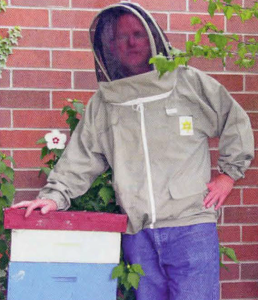 If there is a simple problem for new beekeepers, it is that there nearly too much information and opinion from many different web pages and from helpful beekeepers. In general, university and USDA information is a good place to review equipment needs and advice. The same is true for video productions on various video streaming services. Go to local beekeeper meetings. You will be welcomed and fellow beekeepers will eagerly answer your questions. Buy a couple of basic beekeeping books. There are probably hundreds from which to choose.
If there is a simple problem for new beekeepers, it is that there nearly too much information and opinion from many different web pages and from helpful beekeepers. In general, university and USDA information is a good place to review equipment needs and advice. The same is true for video productions on various video streaming services. Go to local beekeeper meetings. You will be welcomed and fellow beekeepers will eagerly answer your questions. Buy a couple of basic beekeeping books. There are probably hundreds from which to choose.
The first year is exciting and new. Much will be quickly learned that will stay with the new beekeeper for many years to come. It’s not difficult and it always enjoyable. Plus, help is readily available.
1 http://www.extension.org/pages/26743/wooden-components-of-a-modern-beehive#.VjekklSDLTQ


